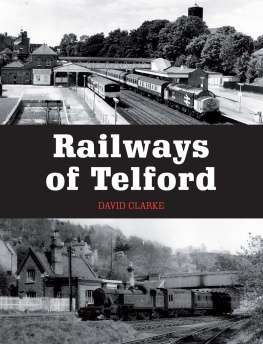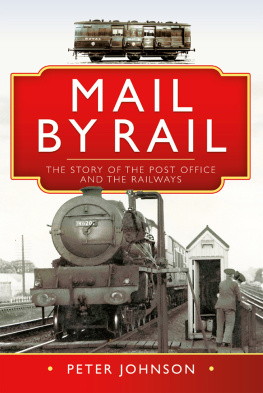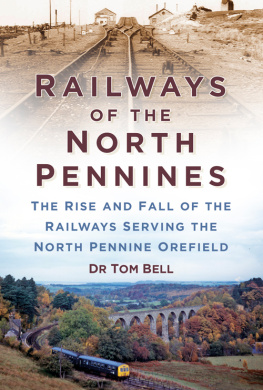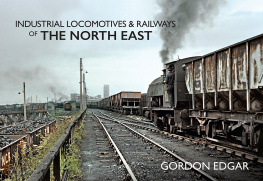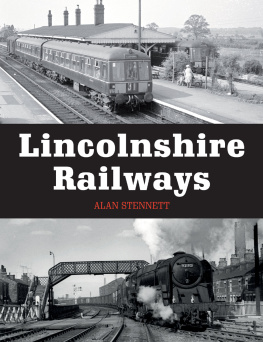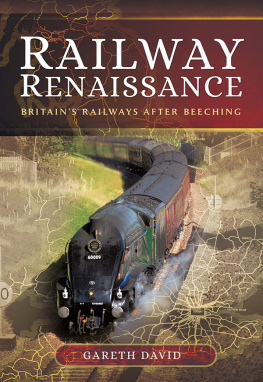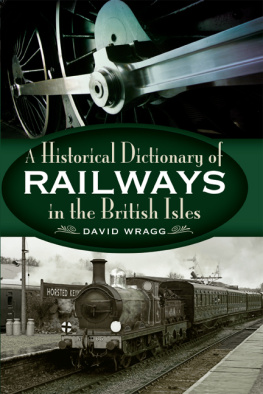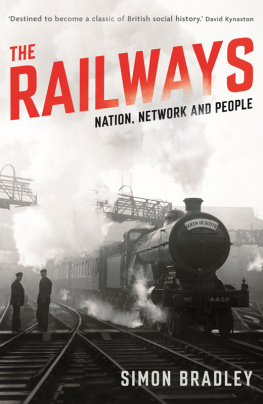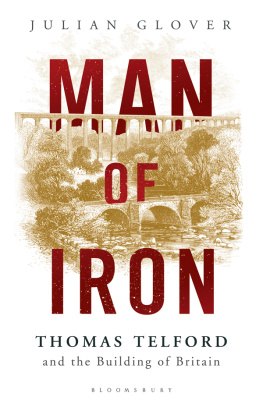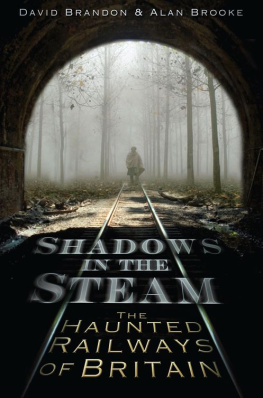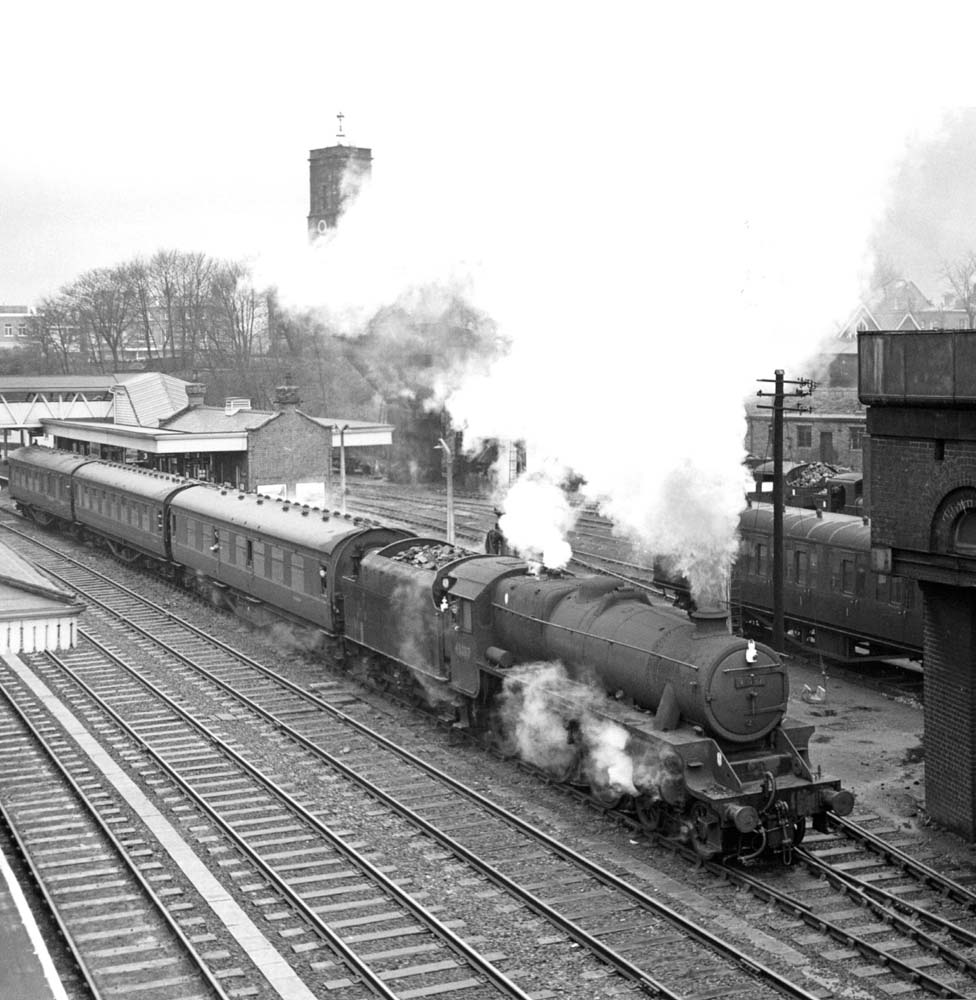
Railways of Telford
DAVID CLARKE

First published in 2016 by
The Crowood Press Ltd
Ramsbury, Marlborough
Wiltshire SN8 2HR
www.crowood.com
This e-book published 2016
David Clarke 2016
All rights reserved. No part of this publication may be reproduced or transmitted in any form or by any means, electronic or mechanical, including photocopy, recording, or any information storage and retrieval system, without permission in writing from the publishers.
British Library Cataloguing-in-Publication Data
A catalogue record for this book is available from the British Library.
ISBN 978 1 78500 095 9
FRONTISPIECE: Black 5, 45237, pulls away from Wellington with a
Shrewsbury to Stafford stopping train on 21 April 1962. M. MENSING
Acknowledgements
No author can write a book without the valuable assistance of others and I would like to mention the photographer Michael Mensing, who, despite living in Hampshire, took many photographs in the Telford area in the late 1950s and early 1960s and who sadly passed away in December 2014 aged 80. I for one remain in his debt.
The photographic content of the book is considerably enhanced by the inclusion of a number of the late Arthur Dodds (A.J.B. Dodd) photographs. He lived in the Telford area until 1960, but returned to the area many times afterwards as his family lived in St Georges. Arthurs in-laws next door neighbour was a signal man at Hollinswood signal box, so Arthur had access to the yard area, providing excellent photographic opportunities. Arthur died in 1974, but his son Mike is the proud custodian of his fathers collection and has spent many hours sorting through it, scanning the negatives and answering queries from me. The only problem with Arthurs photographs is that he did not record the date, time or place. Between Mike and myself we have managed to find most of the locations, although the dates are more problematic.
The librarian at the Ironbridge Museum Trust, Joanne Smith, was very helpful on my visits to the museums archives. My thanks also go to Geoff Cryer for his help and for the use of some of his photographs and to R.A. Cooke for using some of the drawings from his excellent book on the track diagrams of East Shropshire. Tom Heayside supplied some excellent photos, and Bob Yate helped with details of the Lilleshall Company. Thanks also to my friend Martin Neild for proofreading the book and eliminating my poor grammar.
Lastly, many thanks to my wife Glenis, who has put up with me spending a lot of time writing this book.
Introduction
As a resident of Trench (near Wellington) during my teenage years in the 1960s, I became familiar with the railways of the area that would subsequently be redeveloped as Telford New Town. Initially, I would cycle to Trench Crossing station and take the train either to Shrewsbury via Wellington, or to Stafford to go trainspotting. In 1962 and 1963, I used to travel by train from Wellington to Wolverhampton to visit my grandmother every two weeks. In 1965 and 1966 (as the line through Trench Crossing had lost its passenger services in 1964), I used to cycle to Wellington to travel further afield using a British Railways rail-rover ticket. Also being interested as a teenager in industrial archaeology, I visited the area covered in old mines, slag heaps and other derelict industrial buildings. As a pupil at what was then Trench Secondary Modern (now renamed The John Hunt School) along with a school friend (Richard Softley), we undertook to photograph some of the derelict sites for a school project. This involved tramping through the woods and industrial dereliction of the area. Unfortunately, the photographs we took have subsequently disappeared, so cannot be used in this book. For one of the summer holidays I worked at Russells Rubber Company adjacent to Trench Lock and the long-abandoned Trench Inclined Plane and had my very first taste of beer in The Shropshire Arms public house, which was on the opposite side of the canal basin from the works.
Therefore the writing of this book is a labour of love for me, not only because of nostalgia, but also to produce a book that documents the railways of the area. A number of excellent books have been written on individual lines (see the Bibliography at the back of the book), but as far as Im aware this is the first attempt to produce a book covering the whole area and should act as a taster for further in-depth reading. The research for Hollinswood Yard threw up lots of information and this part of Telford has not been covered before. The building of Telford New Town in the late 1960s has radically changed the landscape, with much of the industrial past swept away and open fields covered in new industrial estates. Industrial dereliction was nothing new, with large parts of the area covered in old spoil tips and long-abandoned buildings, and this was one of the reasons the area was considered ripe for development and the building of the new town.
I have tried to concentrate on the operation of the railways in the Telford area and have therefore simplified the somewhat complex arrangements of the various railway companies that would eventually be swallowed up by the London and North Western Railway (LNWR) and Great Western Railway (GWR) companies.
In 1963, the first staff to be appointed for the creation of what at that time was called Dawley New Town moved into Hartfield House near Horsehay to start the planning for what would eventually be renamed Telford New Town, with the job of transforming 200 years worth of industrial dereliction and its associated spoil heaps. The complete restructuring of the area commenced to the point that most parts are now completely unrecognizable from how they were in the 1950s. The area now known as Telford can be seen on the accompanying maps.
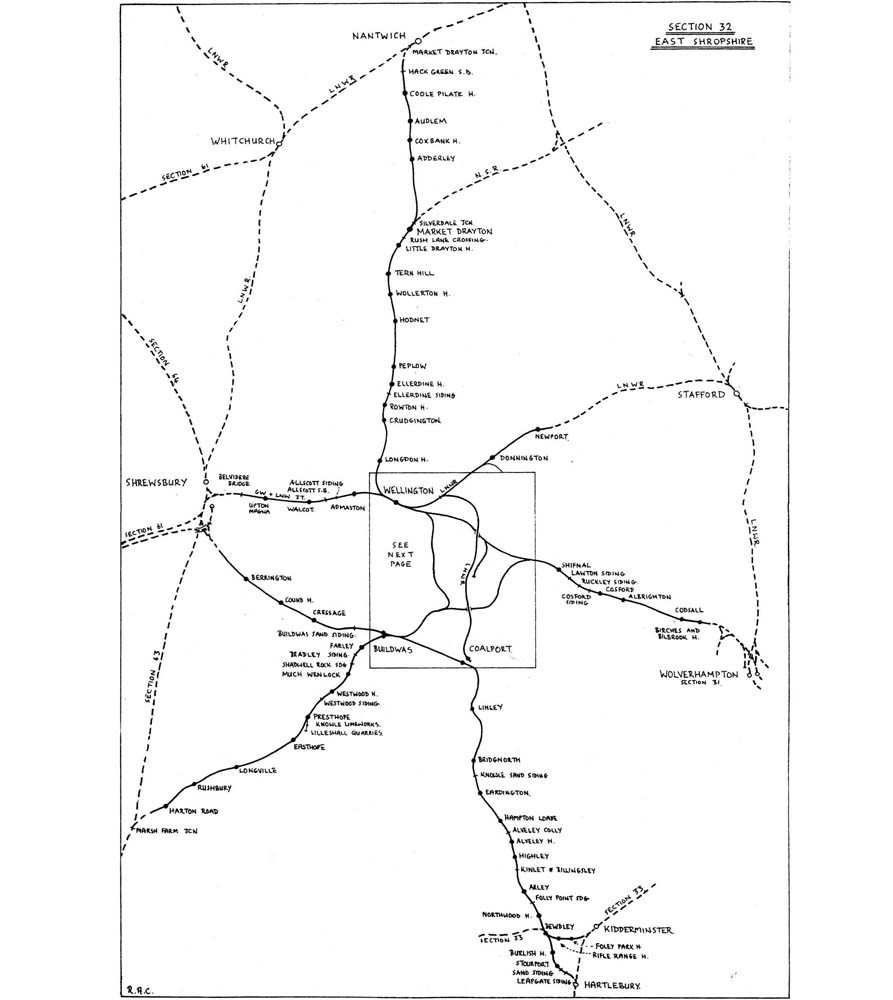
Map of East Shropshire.
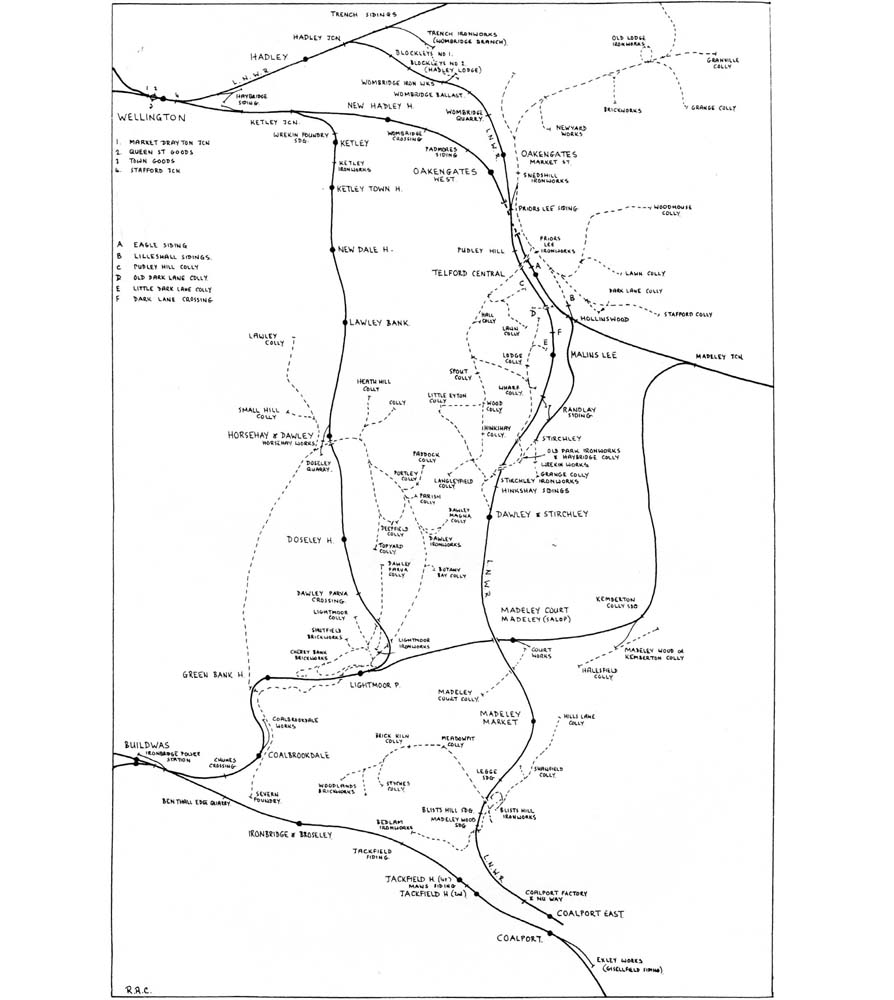
Detailed map of the area of Telford.
CHAPTER 1
The Industrial Revolution in East Shropshire
The Area Before the Industrial Revolution
Before one can consider the railways in the Telford area we need to look at why the area required such an extensive railway system. East Shropshire had extensive coal reserves and outcrops of coal were known to have been worked by the Romans at Oakengates. Coal mining continued through the Middle Ages. The mines of this period were relatively small, with the shafts only being about 60100ft (2030m) deep, and this type of mining continued into the twentieth century. An unfortunate consequence of this was that subsidence became a chronic feature of the area. Many of these small pits were not documented and many had quite short working lives. The mining for coal also revealed deposits of ironstone and fireclay, enabling iron smelting to be undertaken. A blast furnace was known to have been opened in Lilleshall village in 1591.
The Industrial Revolution in Shropshire
There is some debate amongst historians regarding the period of time that should be considered as the Industrial Revolution. The consensus view is that the date range is from around 1760 to 1830, which was then followed by a second Industrial Revolution between 1870 and 1890. The Industrial Revolution can be considered one of the major turning points in human history, impacting on every aspect of life. It was characterized by an increase in average incomes and economic growth. The area known as Telford was to play a major part in this world-changing process.
Next page
